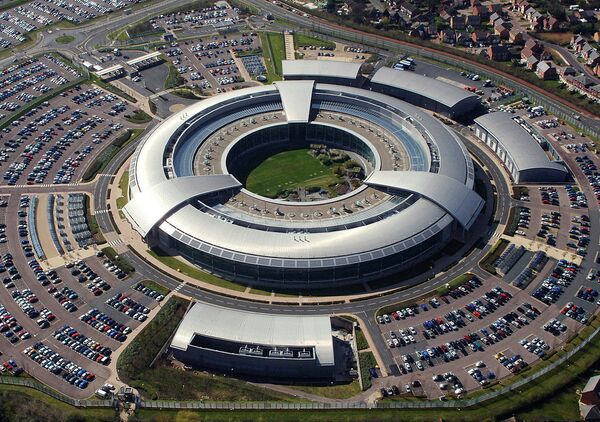There has always been close cooperation between British and US intelligence and law enforcement agencies. Both are founder members of the Five Eyes alliance — along with Canada, Australia and New Zealand — which share sensitive information with each other.
The Five Eyes alliance — formed in the aftermath of World War II — is an agreement to share intelligence between the nations. Britain — for its part — relies upon intelligence from the GCHQ communications agency in Cheltenham, which analyzes communication data, including emails, telephones and other electronic information.
The other agencies — MI5 and MI6 — as well as the military and police also share intelligence with their US counterparts, which include the National Security Agency (NSA), the FBI, the CIA and others. There are also very strong links as political and diplomatic level, which underline the "special relationship" between London and Washington.
A Minute to Remember pic.twitter.com/hdYw7kS3qm
— G M Police (@gmpolice) 25 May 2017
The fact that the US leaked the name of the attacker — 22-year-old Salman Ramadan Abedi — and now photographs of the debris left in the aftermath of the attack has spooked the UK authorities, who believe there is a breakdown in trust.

The leak of his name put the investigation at serious risk, because it alerted Abedi's family and associates that the police were on to them before raids could be arranged, which meant they could potentially escape from police and the army. UK Prime Minister Theresa May is set to discuss the matter urgently when she meets US President Donald Trump, May 25, in Brussels.
Edward Snowden
The closeness of the US-UK intelligence relationship was exposed by former CIA contractor Edward Snowden, 2013, who leaked details of widespread data-mining and bulk collection by both the CIA and GCHQ.

In particular, he exposed two projects — PRISM and Tempura — which involved mass surveillance of the internet on a global basis by both countries.
Snowden claimed that Britain's GCHQ had been tapping fiber optic cables in a data-harvesting scheme alleging large volumes of data are drawn from fiber optic cables for sifting and analysis.
It is claimed that the metadata collected by GCHQ — the information about what is being sent, to whom, from whom, when etc. — was shared among the Five Eyes electronic eavesdropping alliance.


